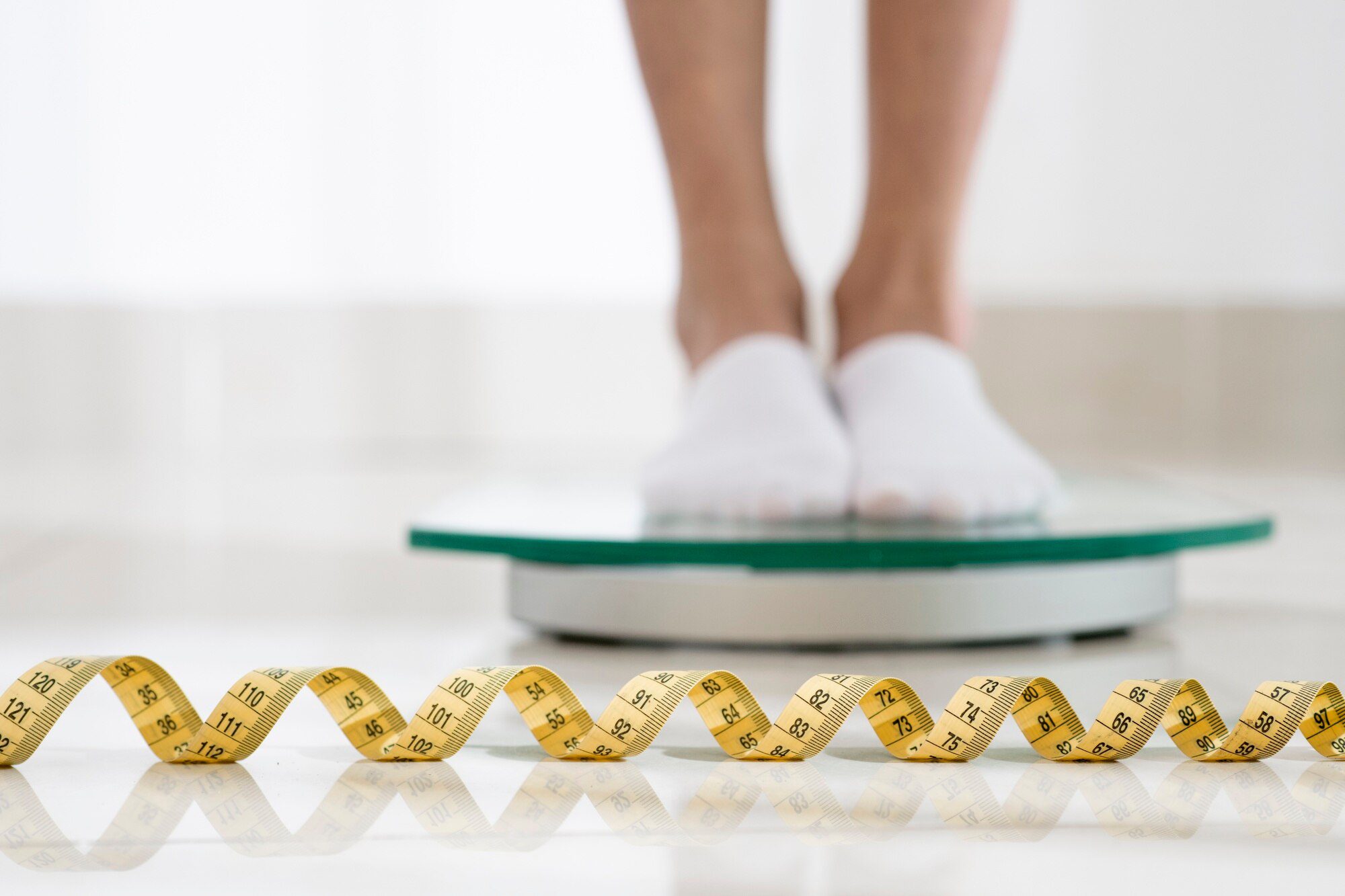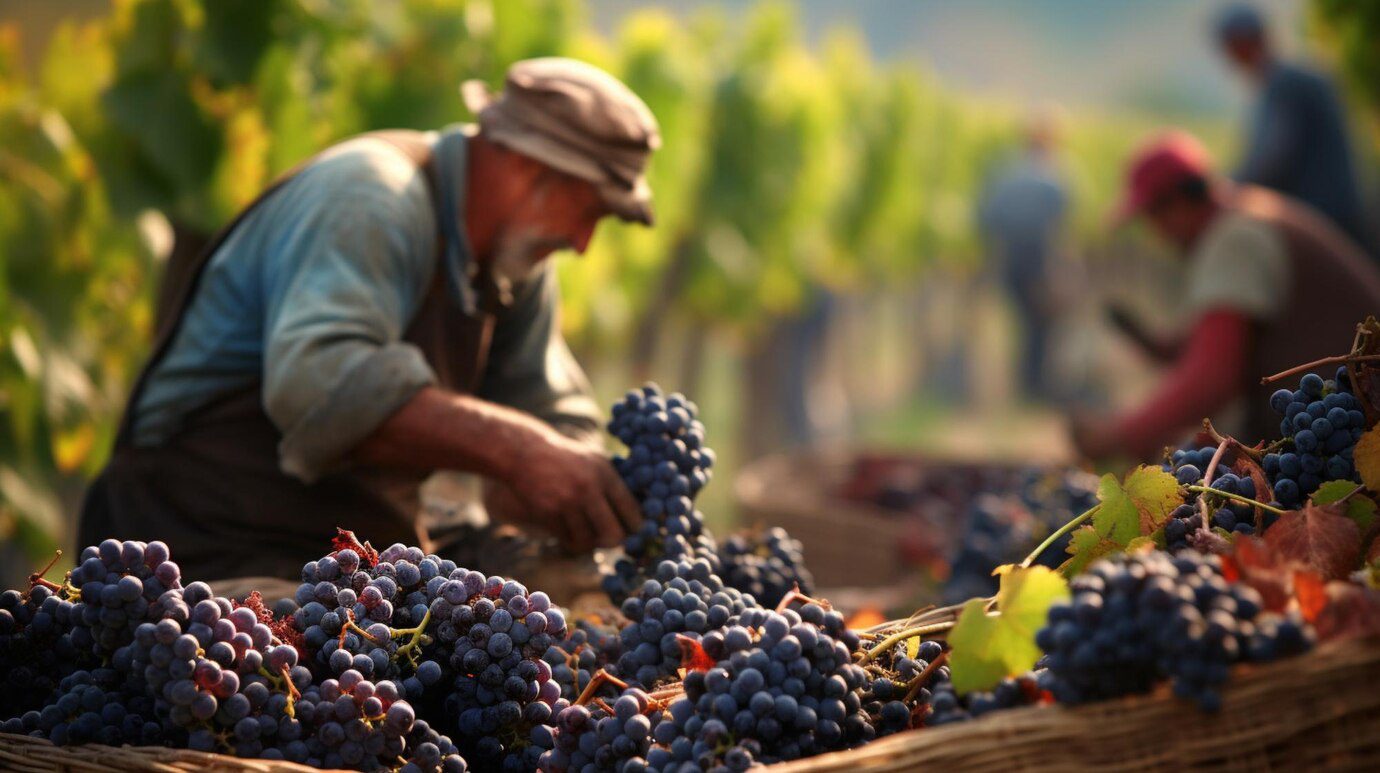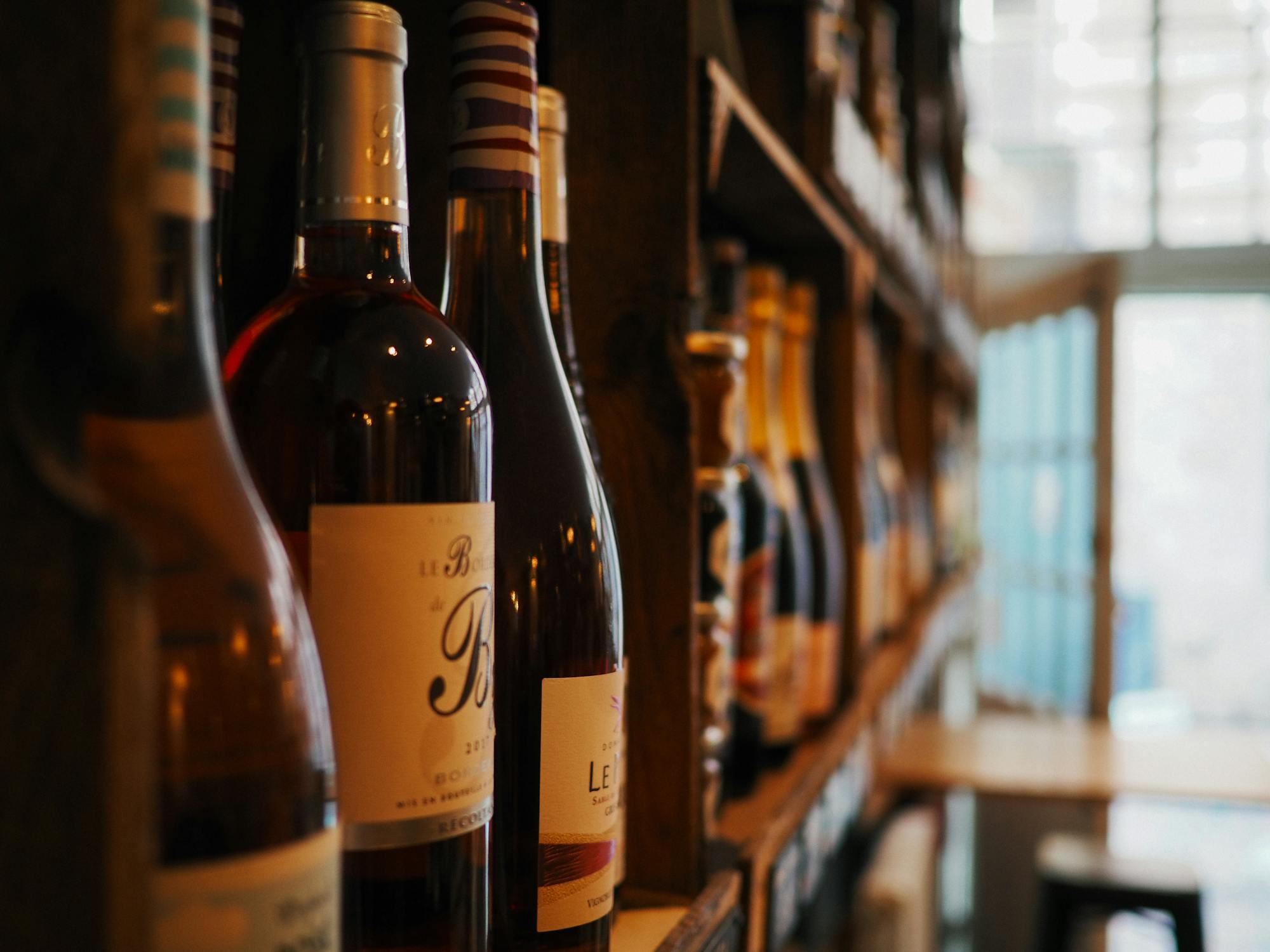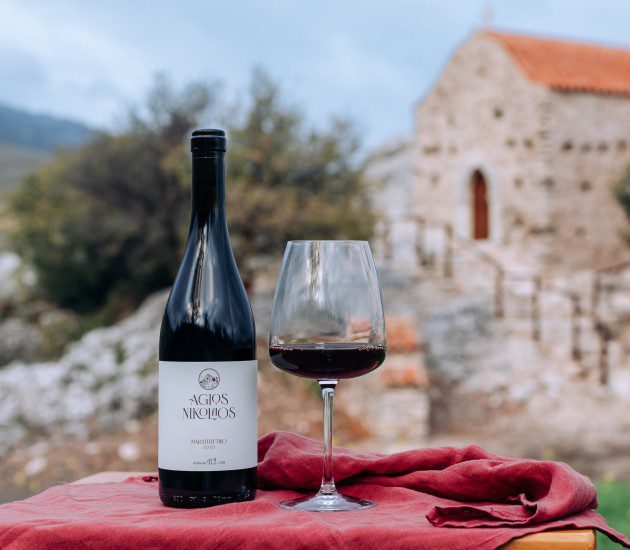Finding the lowest calorie wine options can help maintain a balanced lifestyle while still enjoying the pleasures of wine. When looking at calories in wine glasses, several factors affect the calorie count, including alcohol content, sugar levels, and serving size.
Key Takeaways
- Non-alcoholic wines contain the fewest calories at just 9-15 calories per 5-ounce glass
- Dry, sparkling options like Prosecco Brut are excellent low-calorie choices (90-98 calories)
- The alcohol content (ABV) is the primary factor affecting calorie count in wine
- Light-bodied reds such as Pinot Noir and Gamay offer lower calorie options for red wine lovers
- Serving size matters—standard 5-ounce pours help control calorie intake
Understanding What Drives Calorie Content in Wine
The calorie content of wine is primarily determined by two factors: alcohol percentage and sugar content. Alcohol contains approximately 7 calories per gram, making it a significant contributor to wine’s caloric value. The higher the alcohol by volume (ABV), the more calories you’ll consume. The differences between wine varieties also affect their calorie content.
Residual sugar is the second major factor. Each gram of sugar adds about 4 calories to your glass. Dry wines with minimal residual sugar (below 2g/L) will naturally have fewer calories than sweet dessert wines, which can contain significant amounts of sugar.
Lowest Calorie Wine Options
Non-alcoholic wines take the top spot for lowest calories, containing just 9-15 calories per 5-ounce glass. These options replace alcohol with water or natural flavors, significantly reducing the calorie count while still offering a wine-like experience.
For those preferring traditional wine, Prosecco Brut is an excellent choice at 90-98 calories per glass. Its lower ABV (typically 11-12%) and minimal sugar content make it a smart option for calorie-conscious drinkers. Other low-calorie white wines include Dry Riesling (115-120 calories), Pinot Grigio (120 calories), and Sauvignon Blanc (120 calories).
Red wine enthusiasts can opt for lighter-bodied varieties such as Pinot Noir (120 calories), Gamay (115 calories), or Lemberger (118 calories). These reds undergo shorter maceration times, reducing sugar extraction compared to fuller-bodied options like Cabernet Sauvignon or Malbec.
The Role of Serving Size
A standard wine serving is 5 ounces (148ml), but pour sizes can vary significantly, especially at home. Larger pours directly increase calorie intake proportionally. Using proper wine glasses with measurement markers or being mindful about portion control can help maintain lower calorie consumption.
Pour sizes at restaurants typically range from 5-6 ounces for standard glasses to 8-10 ounces for larger glasses. Being aware of these differences helps make informed choices when dining out.
Low-Calorie Wine Brands Worth Trying
Several wine producers now offer specialty low-calorie options. FitVine Chenin Blanc contains just 104 calories per glass with 12% ABV, while Avaline White offers 103 calories at 11.6% ABV. For even fewer calories, Kendall-Jackson AVANT Chardonnay provides just 85 calories per glass with its 9% ABV.
In the sparkling category, Thomson & Scott Skinny Prosecco Brut contains 92 calories per glass, and BORN ROSÉ Brut offers 113 calories. Other notable options include Yellow Tail Pure Bright Pinot Grigio and Cupcake LightHearted Pinot Noir, both containing approximately 80 calories per serving.
Health Perspective on Wine Calories
While calorie content is important, it’s worth noting that moderate wine consumption may offer health benefits to individuals. Red wine contains resveratrol and other antioxidants that some studies suggest may support heart health. However, these potential benefits must be balanced against caloric intake.
When comparing beverages, wine generally contains fewer calories than many cocktails. A standard gin and tonic contains approximately 200 calories, while most dry wines range from 110-130 calories per glass, making wine a relatively lower-calorie alcoholic option.
Calculating Wine Calories
For those who want to calculate calories in any wine, a simple formula can help. Multiply the ABV percentage by the number of ounces and then by 1.6. For example, a 5-ounce glass of 12% ABV wine would contain approximately 96 calories from alcohol alone (12 × 5 × 1.6 = 96).
For sweet wines, add the sugar contribution by multiplying the residual sugar (in g/L) by the ounces and then by 0.015. This gives you a complete picture of the calorie content in your glass.
Common Misconceptions About Wine Calories
Many people assume all dry wines are low in calories, but this isn’t always true. A dry wine with high alcohol content (14-15% ABV) can contain more calories than a slightly sweet wine with lower alcohol. Similarly, not all rosé wines are light options—sweeter rosés can approach 150 calories per glass.
Another misconception is that all white wines are lower in calories than reds. While this is often true, a high-alcohol white like an oaked Chardonnay may contain more calories than a light-bodied red such as Gamay or Pinot Noir.
Sources
myfooddata.com: Wines With The Fewest Calories
alisbh.com: The Lowdown on Wine and Calories
grape-to-glass.com: Calories in Wine
vinovest.co: 15 Best Low Calorie Wines




